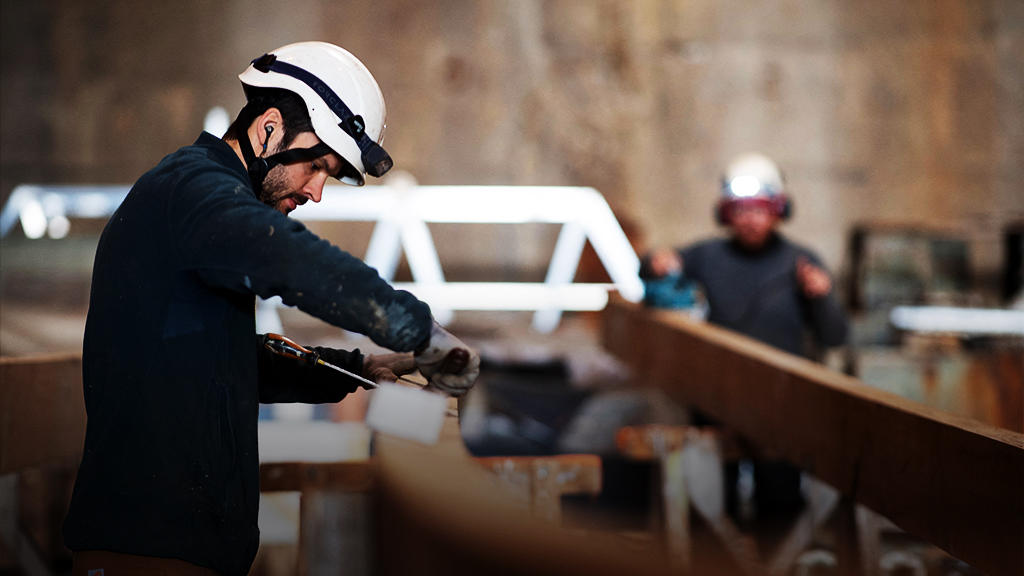
When I was at the Dial Corporation (makers of Dial soap) in the 1980s, executives working at corporate headquarters went through a now-antiquated ritual every day at 11:45. Meetings and phone calls would end and most of the directors, senior directors, various breeds of vice presidents, division presidents, and occasionally our CEO would make their way to the top floor executive dining room for lunch.
Tables were set, uniformed waiters stood at the ready, and a printed menu presented the day’s offerings. Every day that I was in the office, I’d join the same group of friends at our regular table to spend an hour or so eating a splendid company-subsidized, four-course lunch. Suppliers, customers, consultants, and subordinates weren’t welcome — there were separate, private rooms that could be reserved for meetings. The executive dining room was a place for executives to dine with one another.
Executive dining rooms have gone the way of the dodo bird and carrier pigeon, and despite the retro-popularity of Mad Men, there have been few calls for their return. Now widely viewed as elitist, the concept of a separate facility for executives to enjoy formal daily meals together is considered laughable. There are self-service facilities at today’s headquarters where all employees can get lunch to go, or those with the time available can sit and have a meal together. Most days, though, executives in most companies either go out to lunch, eat in their offices, or have lunches brought into meetings, and the day flows through without a break.
But the executive dining room at Dial served an important function. It provided a critical communications nexus for the organization, where issues were raised and resolved in a rapid, fluid, and informal way. Those lunches were a critical organizational lubricant, reducing friction and allowing the gears to turn much more smoothly.
The group at my table included executives from marketing, finance, sales, HR, and corporate development. At the adjoining tables sat executives from all the major divisions and functions except for IT and R&D, who worked in separate facilities. Someone from the senior level of every branch of the organization chart was in the room virtually every day. If anyone needed to quickly resolve a small issue before it became a large one, or find out whom to call about something, or set a time for a meeting, a minute in the dining room could often do the trick.
Conversation at our table would often start with a discussion of the previous day’s golf tournament or football game, a recently viewed movie, or a just-completed vacation. But invariably the talk turned to business. Rumors were verified, plans were shared, trial balloons were floated, and coaching was offered. When I was a newly hired executive my lunch group served as navigators, helping me understand how Dial functioned to a remarkable level of depth.
Today, open floor plans are the dominant model for new construction at corporate headquarters. Glass walls, shared conference rooms, coffee bars, spiral staircases: the 21st-century executive office is ostensibly designed for the kind of fluid, informal interaction we enjoyed in the dining room at Dial. But office seating tends to be grouped according to a single function, division, or span of control. And although informal interactions do frequently occur in the common corporate cafeteria, and groups of mid-level executives often share a table at lunch, it’s rare that you see more-senior executives sitting together, unless they’re attending a meeting.
Take a look at who eats in your corporate cafeteria, and whom they’re eating with. If you see a lot of senior vice presidents sitting down for meals with junior executives who aren’t their subordinates — not as part of some special program, but just sitting down and eating lunch — I’d be surprised. A single dining facility may be more democratic in principle, but in practice it just spurs senior executives to retreat to their offices and conference rooms.
As leaders search for ways to make their teams more effective; consultants search for mechanisms to increase informal, cross-functional communications within their client organizations; and architects consider their next headquarters redesign project, I’d suggest they consider restoring the faded institution of the executive dining room. It’s time to dust off the china, polish the flatware, press the tablecloths, and re-create a forum where, for an hour a day, silo walls disappear and we all join together to run the company. Not only is it a relaxing and enjoyable hour in the middle of the workday, it’s a place where critical work is accomplished in an informal way — a way we can’t seem to replicate today.
The rest is here: It’s Time To Bring Back the Executive Dining Room
















